|
|
This postcard image of ‘Chocolini’s’ corner in modern-day Saltburn is believed to show the Peace Celebrations at the end of the First World War; based upon the variety of flags, Boy Scouts being present and numbers of uniformed persons present. Researches have indicated that the Vicar of Emmanuel Church, Saltburn from 1913 till 1925 was Arch Deacon T. E. Lindsay; from photographic evidence now available to the Archive he would appear to bear a very strong resemblance to the Vicar conducting the proceedings on the corner of Windsor Road and Albion Terrace. Further information having come to the Archive indicates the electrification of the street lights (an incomplete light features in the foreground of the image) was completed by 1919, the Archive now has a postcard dating from September 1920 showing this street light completed. But the Archive would welcome comments, supporting evidence or further information.
Image and information courtesy of Geoff Kitching, additional information courtesy of Emmanuel Church Centenary Magazine 1967.
Callum Duff has advised the Archive: “The house in your photograph is in fact, ‘Manesty’ on Marske Mill Lane. Building commenced on this house in 1905 and was originally called ‘The Homestead’ but was damaged by fire during its construction in 1906. Partly rebuilt in 1907 by Cackett and Burns Dick of Newcastle upon Tyne for Major H, R. French. The house was bought in 1919 by a Mr Hutchinson who lived in the adjacent house then called Manesty; he changed name of this house from Homestead to Manesty. ‘Manesty’ is a vernacular revival house of sandstone with ashlar dressing and is one of Saltburn’s listed buildings.”
Image courtesy of Julie Tyrka and many thanks to Callum Duff for the update.
This undated postcard view of what is nowadays called Toll Bar Cottage on Saltburn Lane Lodge on the Skelton side of the Halfpenny Bridge. The booth from which the Gate Keeper collected the toll for crossing the bridge was at the Saltburn side and so must have involved a possibly windy and wet walk to work every day!
Image courtesy of Julie Tyrka.
This Valentine’s Postcard view of the Ship Inn at Saltburn, shows just some of the chalets built around the building during the early 20th century by Robert (Boss) Welch who with his wife Ellen ran the Ship for many years. At that time the Ship had chalets to both the front and rear of the building, the four cottages beyond the Ship are clearly visible.
Image courtesy of Julie Tyrka, information regarding the Ship Inn courtesy of Jean Wiggins “Saltburn-By-The-Sea – The Archive Photographs Series”.
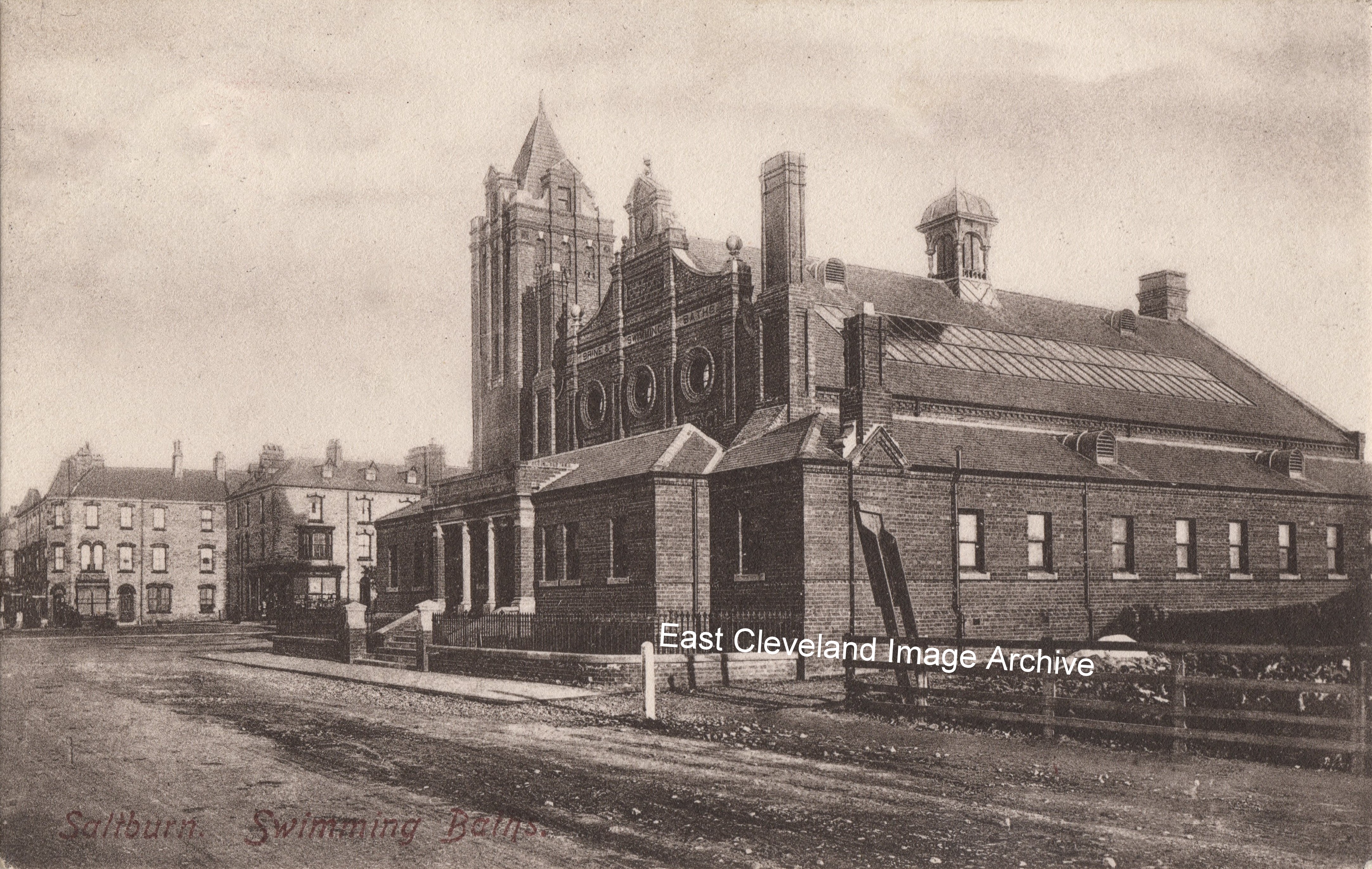
A Friths postcard view of the original Victorian Baths beside the Square in Saltburn; opened officially by Arthur Pease Esq., on Monday 11th May 1891. The building faced (across Dundas Street West) towards the railway station, featured a central swimming pool which was filled with seawater from an inlet offshore close to the pier. The extensive facilities included; massage facilities, private brine, douche, and electric baths. The baths were demolished in July 1976 by Blair and Co. of Stockton and the present day swimming pool is part of the Leisure Centre on Marske Mill Lane. Callum Duff tells us: ”In relation to swimming pool facilities in the town, Saltburn Leisure Centre was never seen as a replacement for the demolished Brine Baths. The baths had been damaged by a bomb in WWII, this also destroyed a row of adjacent shops and the baths had been closed for some time before they were bought by Keith Watson in 1956. The building remained empty and was heavily vandalised until the site was bought by Tarmac Ltd in 1976 when the baths building demolished. Saltburn Leisure Centre actually opened in 1974 with the building being finally completed in 1975. As a young boy I remember visiting the soon to be opened building with my parents. Once during the day with my Mum where we stood in the cafe and watched the 25 metre pool being filled (perhaps for the first time) and another time with my Dad, Grandad and Brother where we had a look at the indoor bowling green and squash courts. I remember being in the 25 metre pool and looking out through the window to see workmen cladding the rest of the roof.” Richard Gowing has written: “I remember while a pupil at Glenhow learning to swim in this saltwater pool circa 1947 then it closed and we had to go to the baths at Redcar.”
Image courtesy of Julie Tyrka and additional information courtesy of ’Saltburn-By-The-Sea Revisited’; thanks also to Callum Duff for the additional information. Also Richard Gowing for his update.
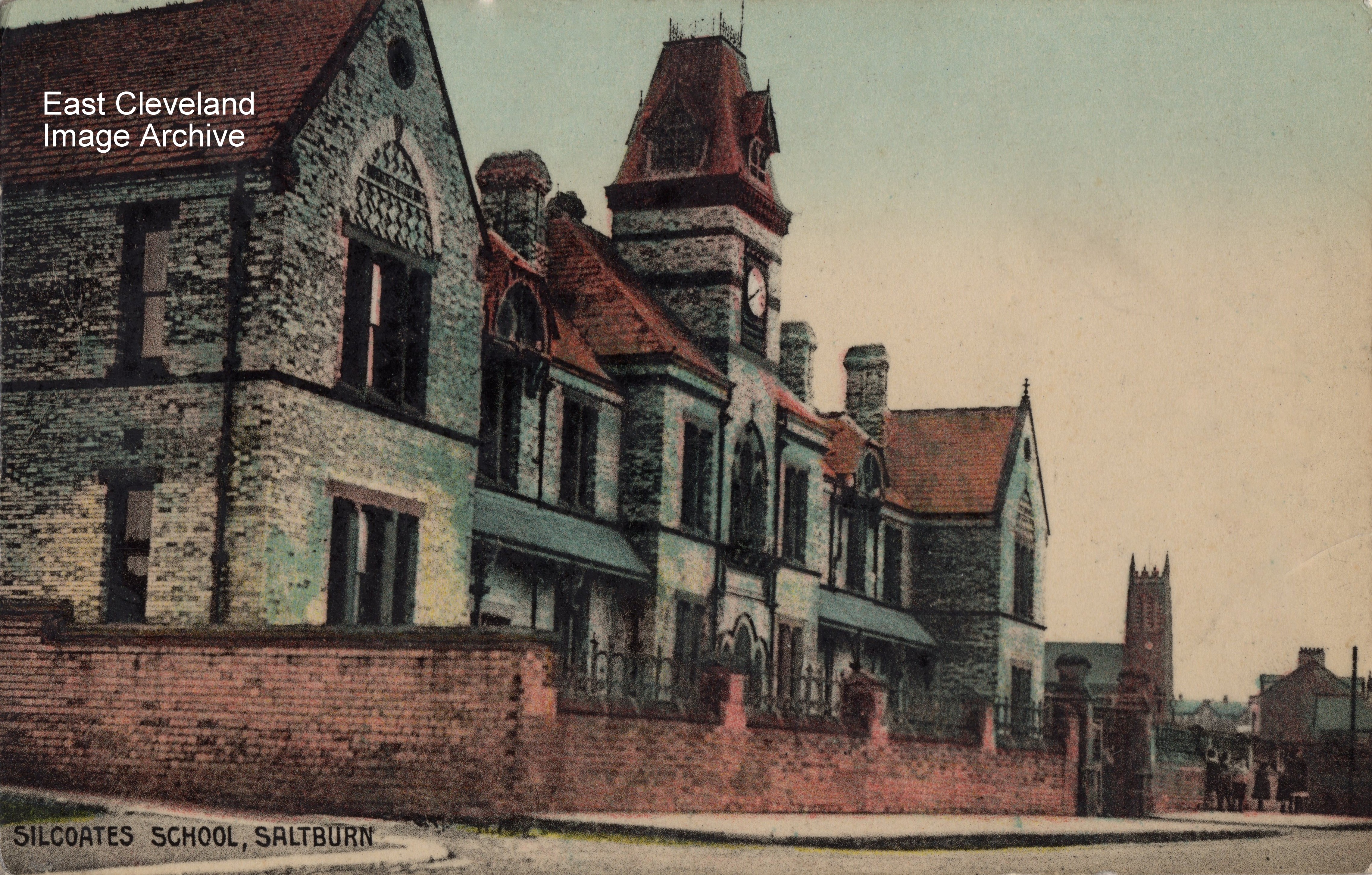
When first viewed this ‘Gem’ postcard image entitled as “Silcoates School Saltburn” caused great discussion at the Archive, but after careful study and some research discovered that the building is the former Convalescent Home on the end of Marine Parade. Saltburn House as it is now known was opened in 1872 at a cost of £12,000 by Messrs Pease as a Convalescent Home for their workers. The home became a temporary base for Silcoates School in Wakefield after it burnt down in 1904. The rebuilt school, still open at the time of writing, offers assisted aid to pupils with what is known as the ‘Saltburn Bursary’ in memory of the link with the town. The house was later sold to the Working Men’s Club and Institute Union (“the CIU”), which converted it into a convalescent home for club members, one of several around the country. Its “residents” usually came, from all the major working-class areas of the UK, for subsidised two-week breaks. They were easy to recognise from the yellow button badges they were issued by the “Superintendent” on arrival. Subsequently bought by Hayes Working Men’s Club it has since been renamed “Saltburn House” in 2014. Tony Nicholson tells us: “W.T. Stead, the great Victorian journalist, attended Silcoates School in Wakefield between 1862 and 1864 and wrote about his time there. He was still alive in 1904 and may well have written about the school moving to Saltburn. His brother was a chemist based on Teesside and the Stead Memorial Hospital was named after him, so the family had connections with the area.” Further information courtesy of Callum Duff: “William Thomas Stead died on 15th April 1912; he was a passenger on RMS Titanic.”
Image courtesy of Julie Tyrka, thanks to Tony Nicholson and Callum Duff for the updates.
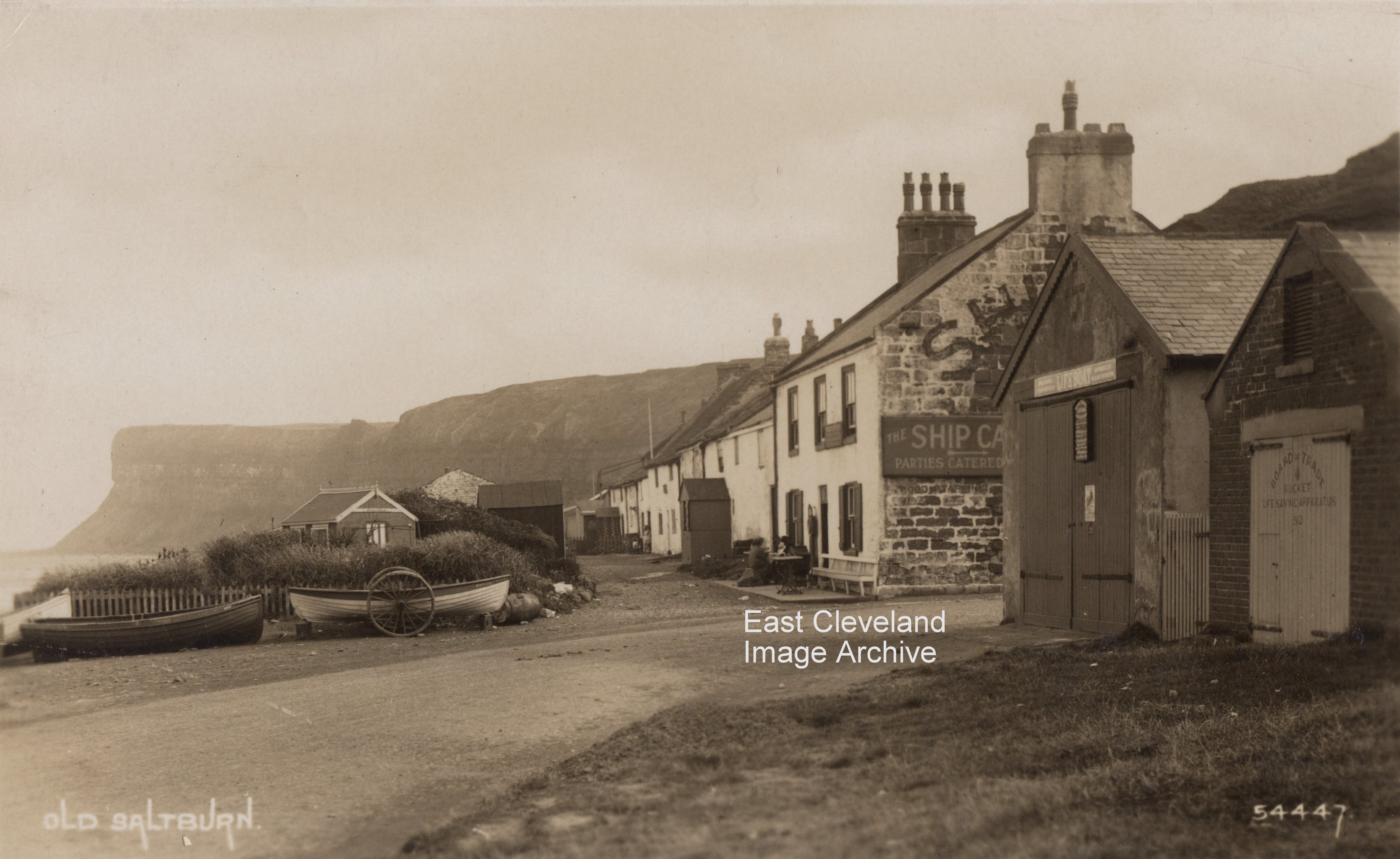
This unused postcard view of the Ship Inn, Lifeboat House and Rocket Lifesaving Apparatus House dates from the late 1800s, at that time the range of terraced cottages beyond the Ship Inn is clearly visible. Old Saltburn as it was known then was still a community and recognised as such by the Saltburn Improvement Company which developed Saltburn as a fashionable seaside resort. How it has shrunk today!
Image courtesy of Julie Tyrka.
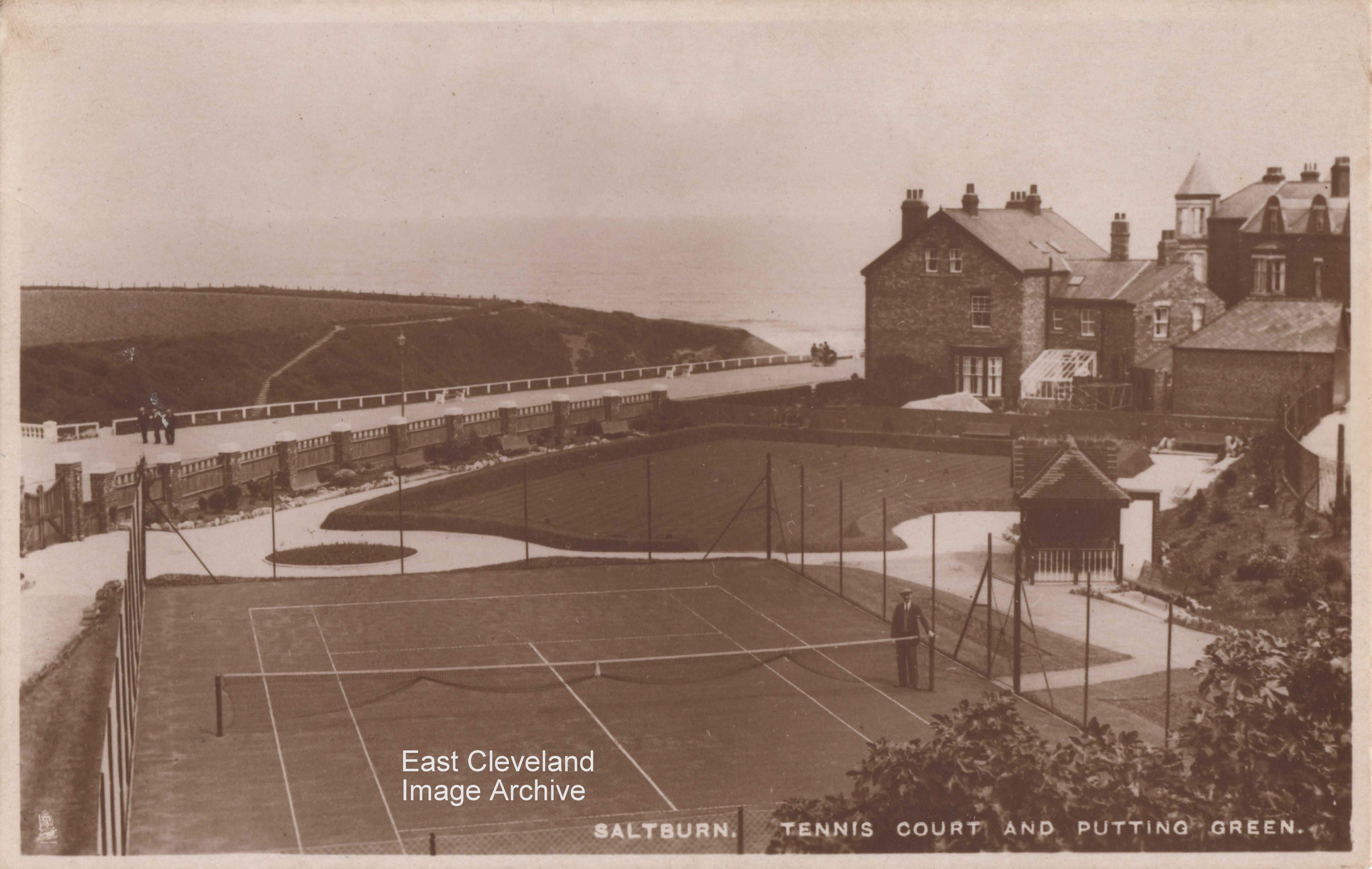
This view of the area now occupied by Marine Court on the promenade at Saltburn shows the tennis court and putting green, with the greenkeeper proudly standing surveying the tennis court.
Image courtesy of Julie Tyrka.
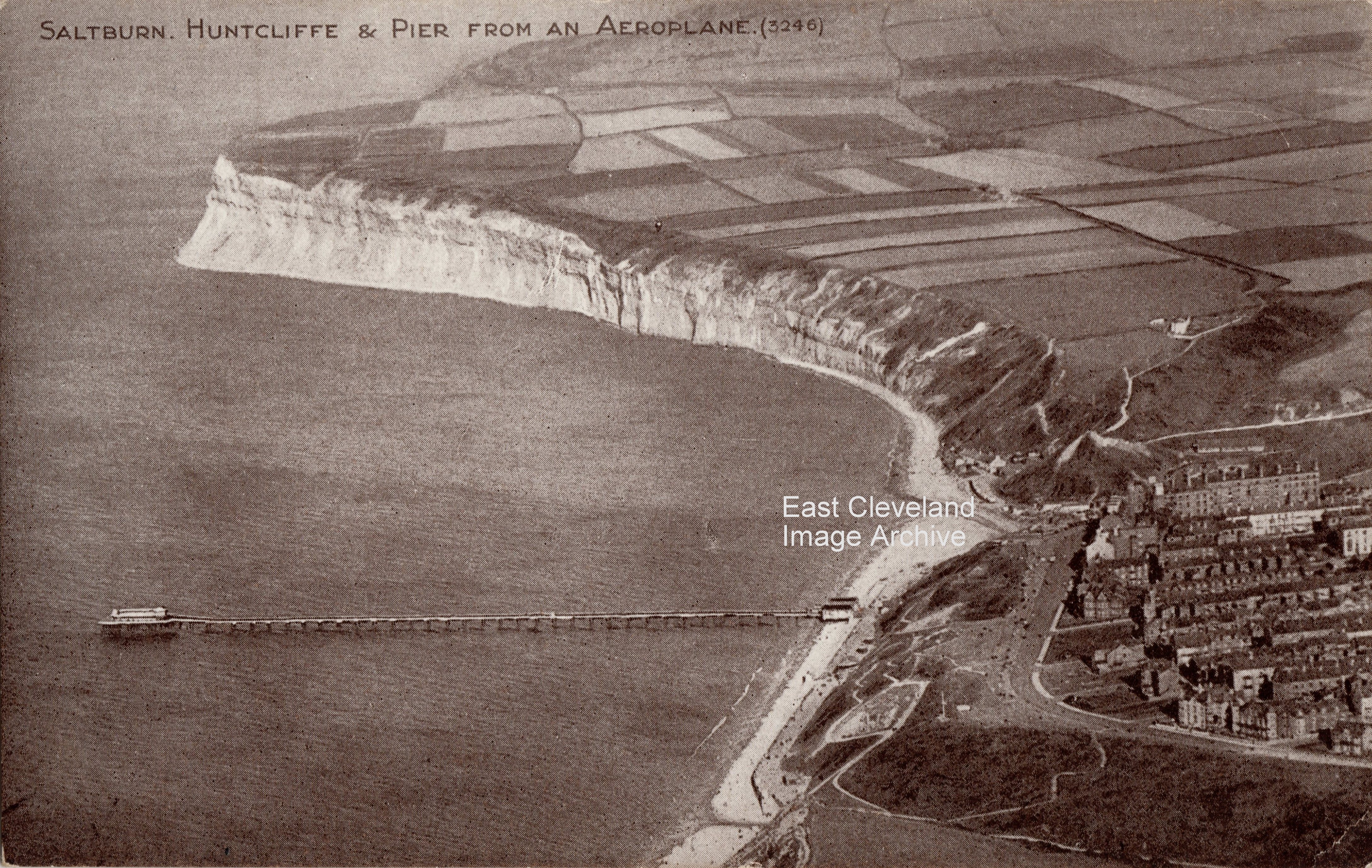
A Photocrom Co. Ltd postcard aerial view of Saltburn, again unused but is believed to date from pre 1920, so the Archive would be grateful of any help!
Image courtesy of Julie Tyrka.
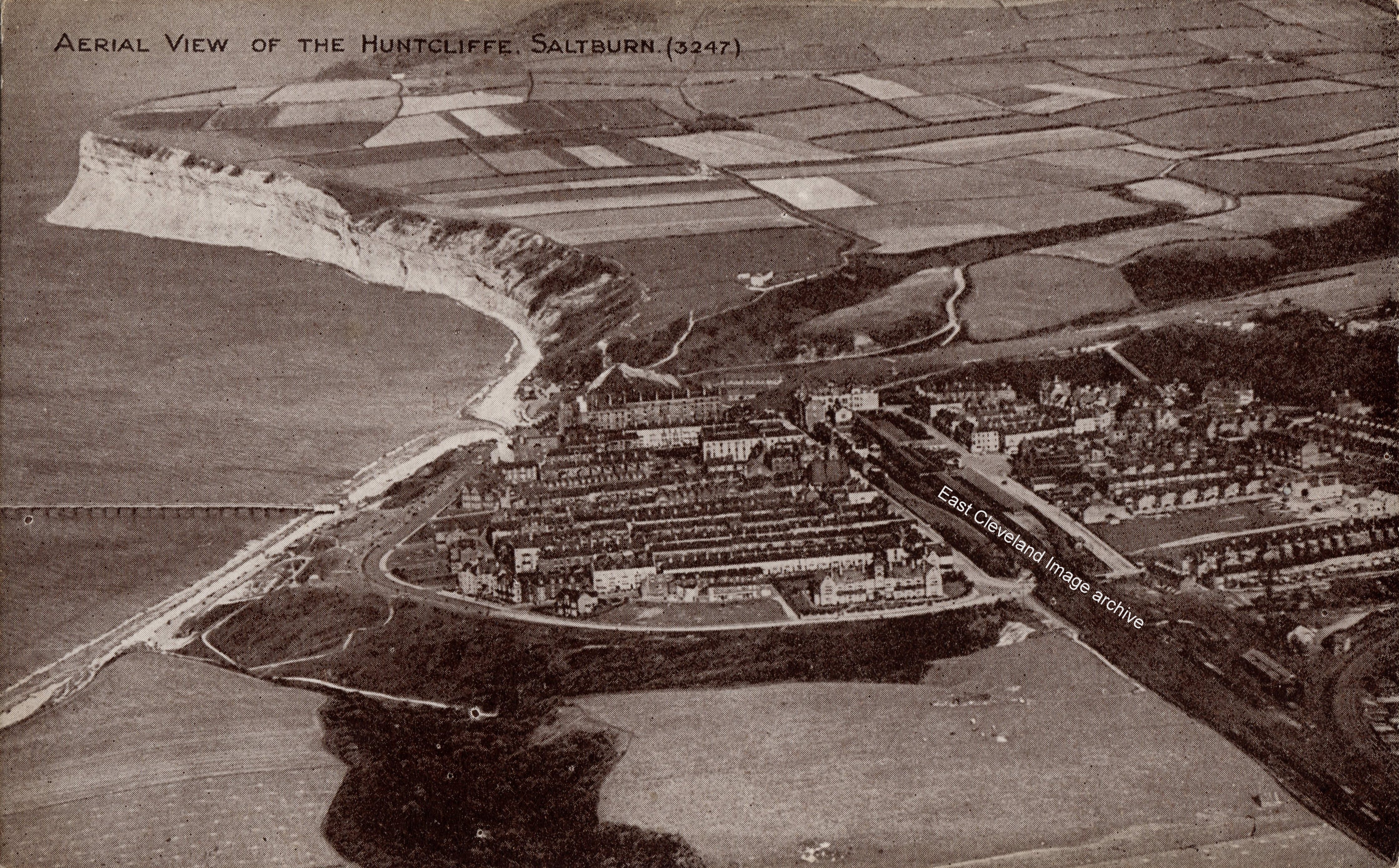
This ‘Aerial View of Huntcliffe’ is another postcard produced by Photocrom Co. Ltd and is again unused; based upon the lack of housing on Bristol Avenue and Exeter Street it is probably pre 1920. Interestingly there is a bridge for the railway at the foot of Hilda Place. Again assistance would be appreciated in dating more precisely.
Image courtesy of Julie Tyrka.
Page 2 of 17«12345...10...»Last »
|
|
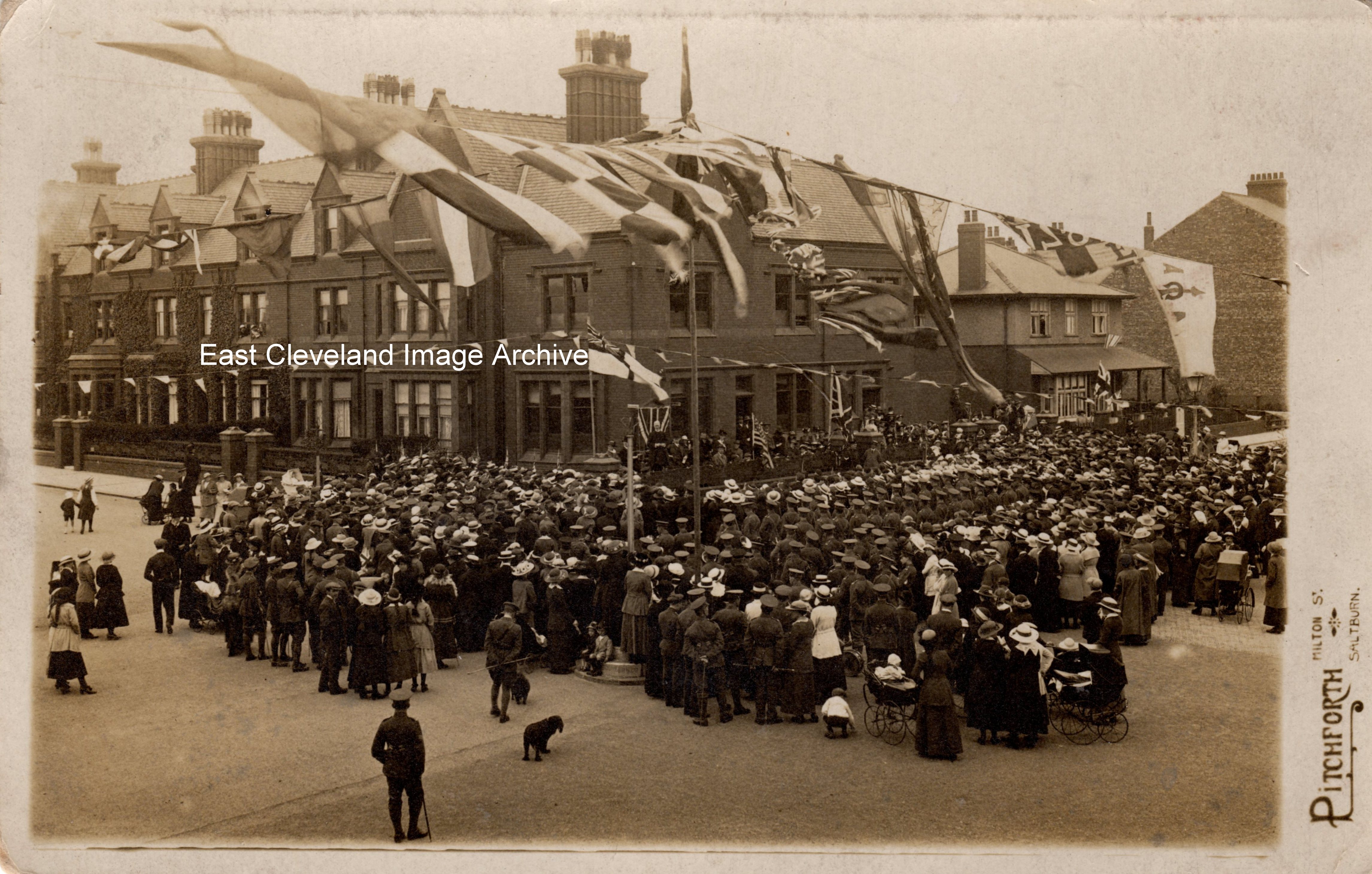
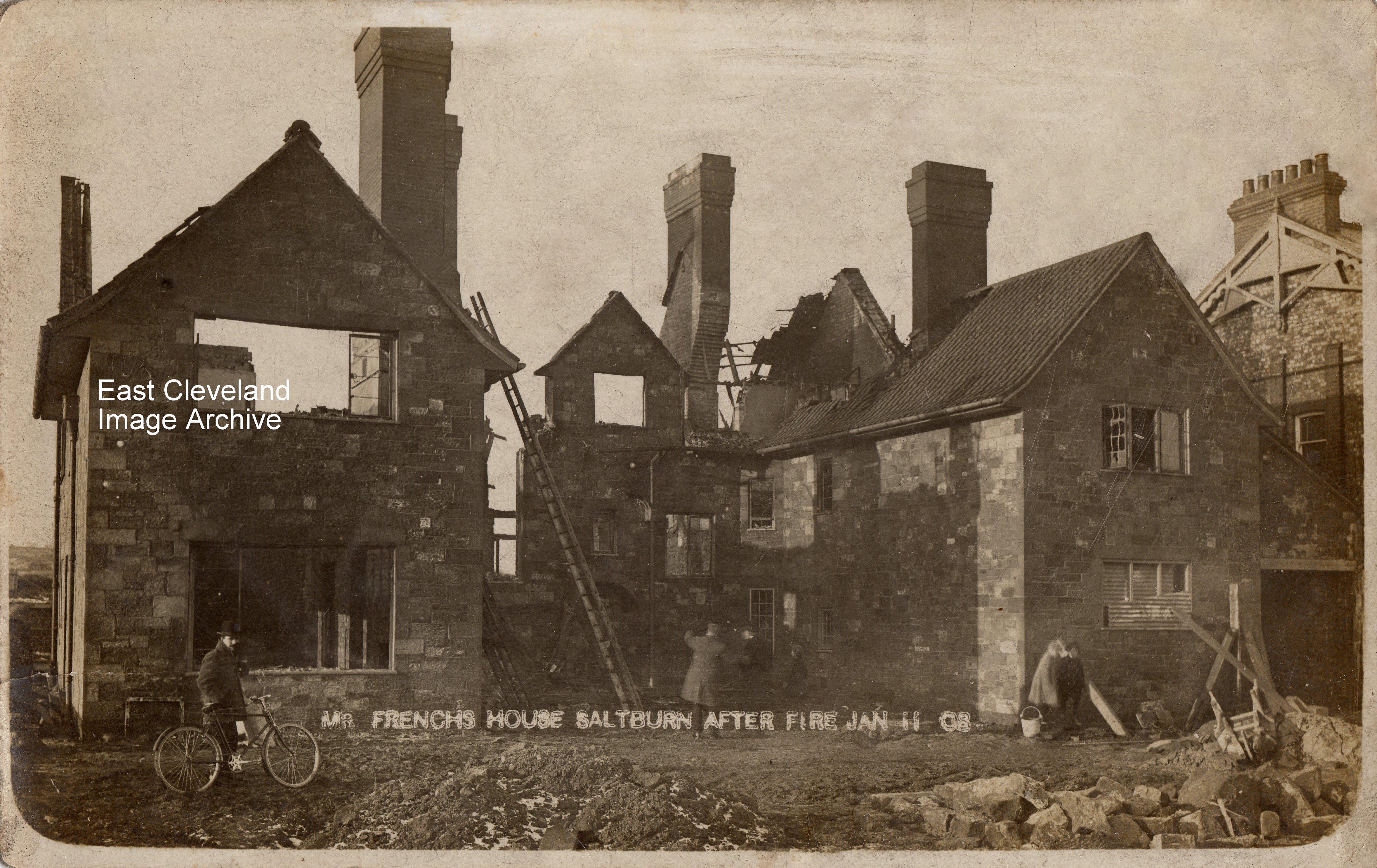
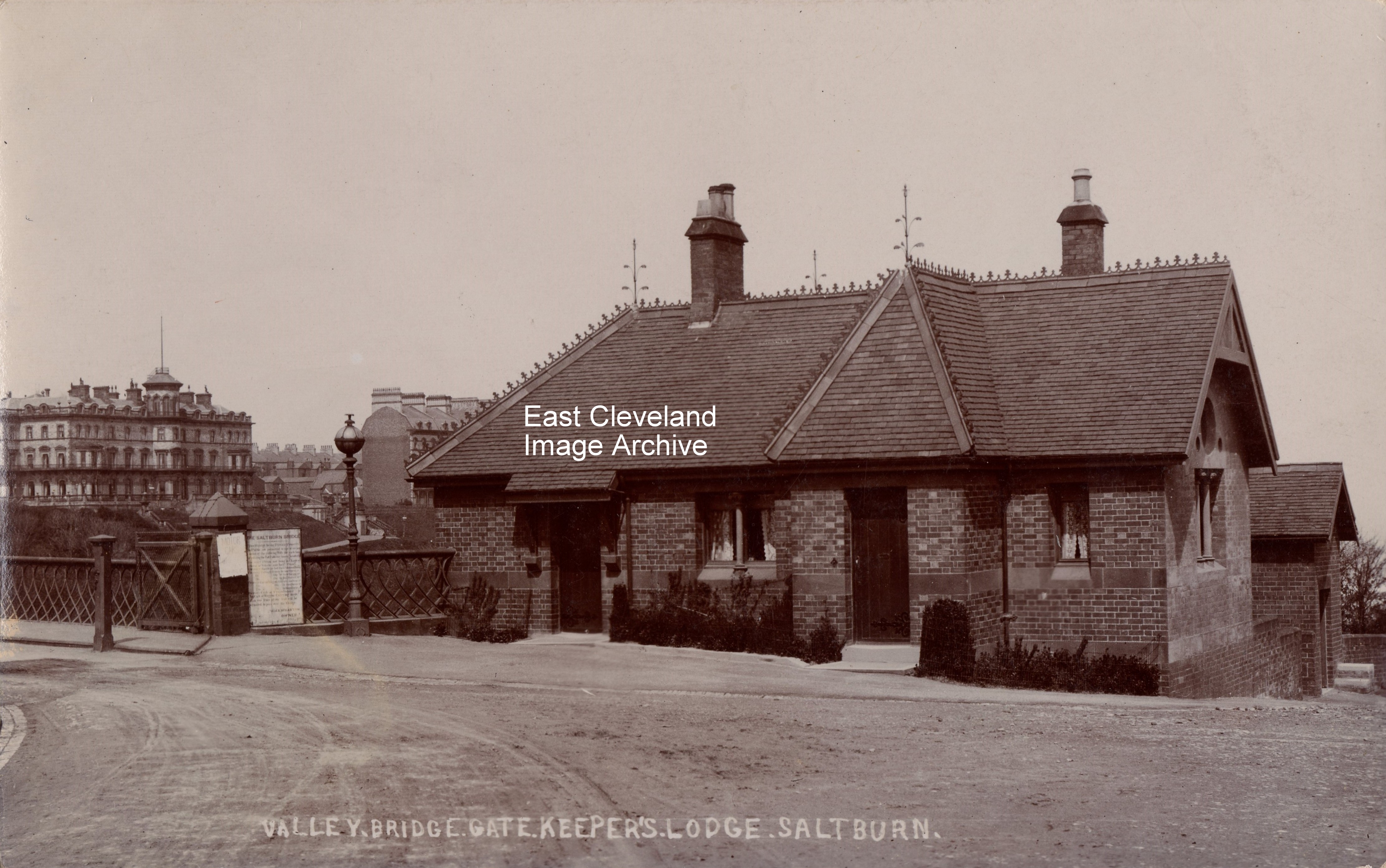
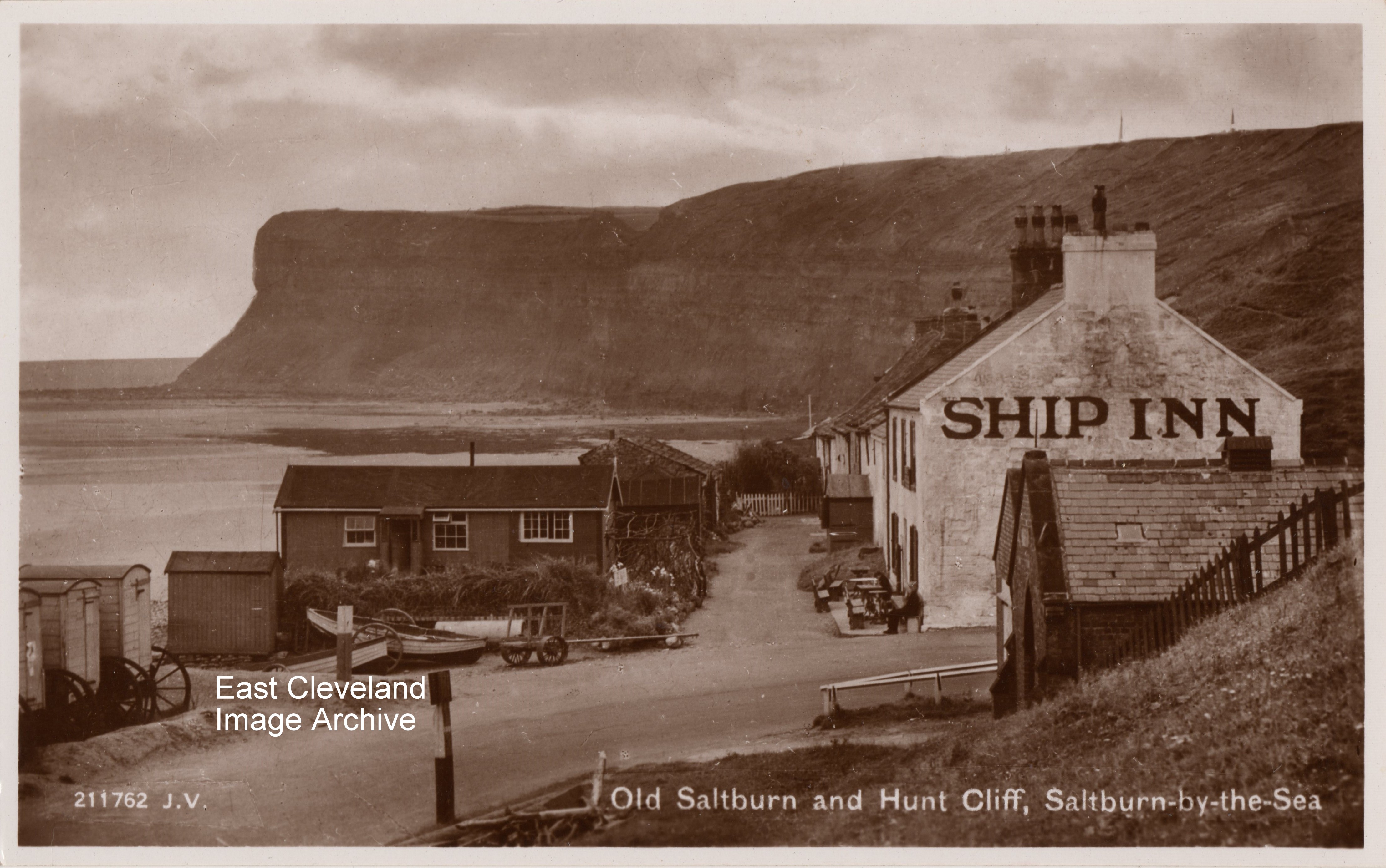






Recent Comments